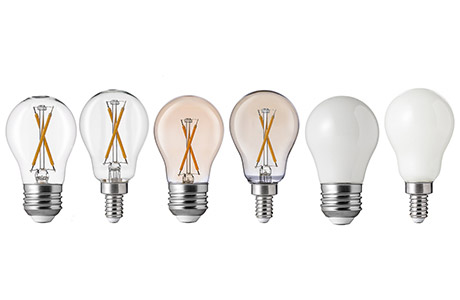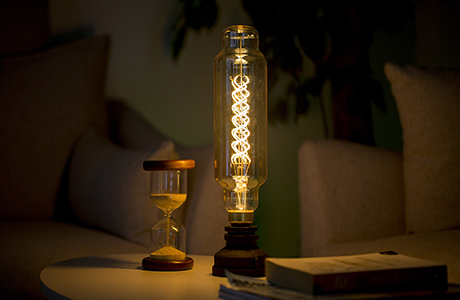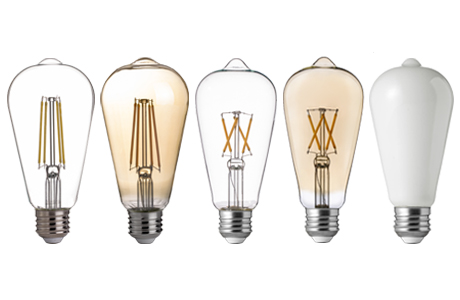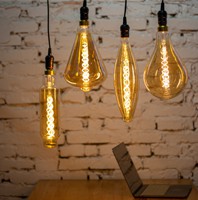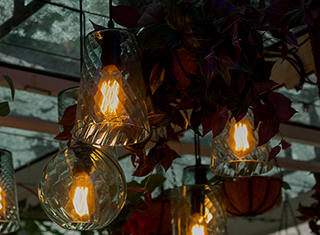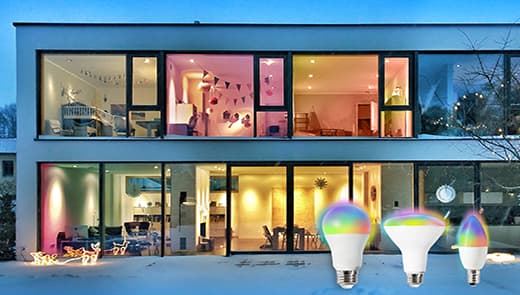Reasons for Price Differences in LED Lighting for Household Use
With the continuous development of the lighting industry, LED lights are in constant competition with traditional lamps. There are many manufacturers producing LED and LED decorations, and the different materials used by each manufacturer are an important reason for the difference in prices for LED lights.
As the price war intensifies, products with almost identical appearances, structures, and functions are sold at prices that differ by 2-3 times. Many customers are momentarily confused and cannot understand the reasons for the price differences. LED lighting manufacturers find it difficult to differentiate, let alone consumers. The main factors that cause price differences are as follows:
LED lights brightness
The brightness of LED lights affects their price. This is not difficult to understand, as with traditional incandescent lamps, lamps with higher wattage are more expensive. The brightness of LED bulbs is expressed in lumens. The higher the number of lumens, the brighter the light and the more expensive the price.
LED lights' anti-static ability
LED lights with strong anti-static abilities have longer lifespans, and therefore, they are more expensive. Usually, only LEDs with an anti-static greater than 700V can be used for LED decorations.
Wavelength of LED lights
LED lights with consistent wavelengths have consistent colors. If consistent color is required, the price will be higher. Manufacturers without LED spectrometers find it challenging to produce products with pure colors.
Leakage current of LED lights
LED lights are unipolar conductors. If there is reverse current, it is known as leakage current. LED lights with large leakage currents have short lifespans and low prices, while those with the opposite have higher prices.
LED lights' emission angle
LED lights with different uses have different emission angles. Special emission angles will command higher prices, such as full-diffusion angle, full-illumination, and 360° emission.
Lifespan of LED lights
The critical factor of different qualities is lifespan. Lifespan is determined by light decay, and a smaller light decay and longer lifespan will result in a higher price. The average lifespan of LED lights is higher than that of traditional lamps.
LED lights chips
The LED light's luminescent body is chips, and different chips have a large price difference. Chips from Japan and the United States are more expensive than those from Taiwan and Chinese domestic manufacturers. Most of the pricing of LED lights is concentrated on the chips, which are like the heart of LED lights.
LED lights' adhesive
The adhesive of ordinary LED lights is usually epoxy resin. Adhesives containing anti-ultraviolet and fire retardants result in more expensive LED lights. Outdoor LED light decorations of high quality should be anti-ultraviolet and fire retardant. Good adhesives increase safety during routine usage and can effectively avoid accidents caused by short circuits.
The prices of LED lighting lamps generally are showing a downward trend, but consumers of LED lighting products with excessively low prices should be cautious about the possibility that they are made from inferior materials and rough craftsmanship. Not only does it lack safety guarantees, but the quality of such products is also questionable. Therefore, when choosing LED lights, consumers must pay attention to product parameters and quality, and not be tempted by low prices.
 English
English  français
français  Deutsch
Deutsch  Español
Español  italiano
italiano  русский
русский  dansk
dansk  Polska
Polska  Svenska
Svenska  Ελλάδα
Ελλάδα  Nederland
Nederland 
